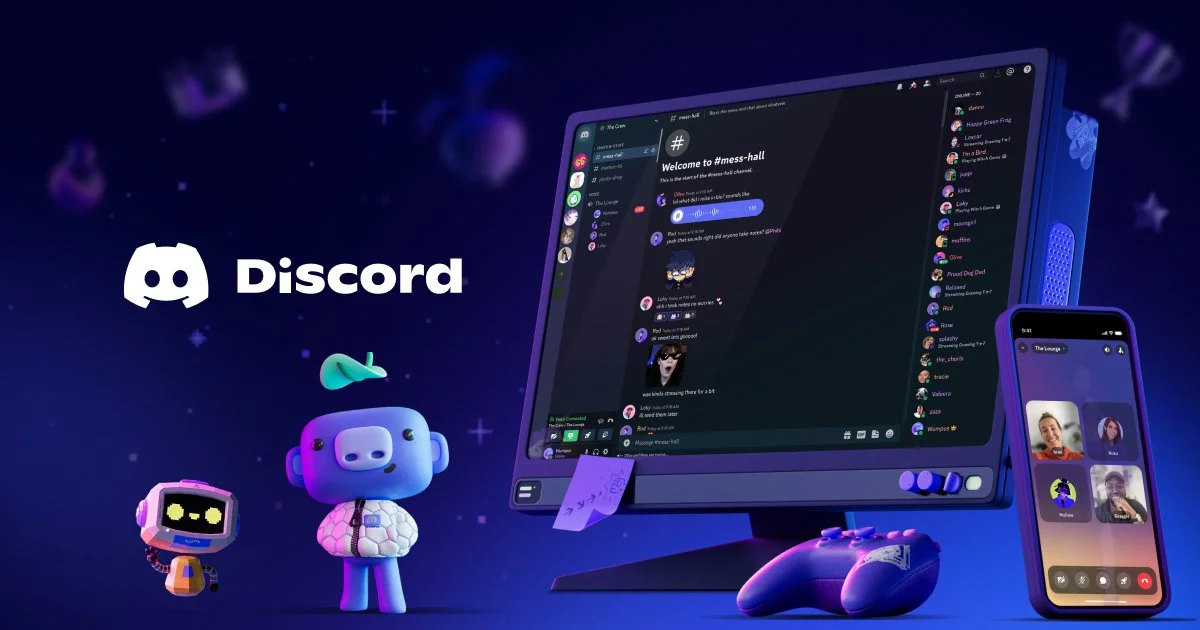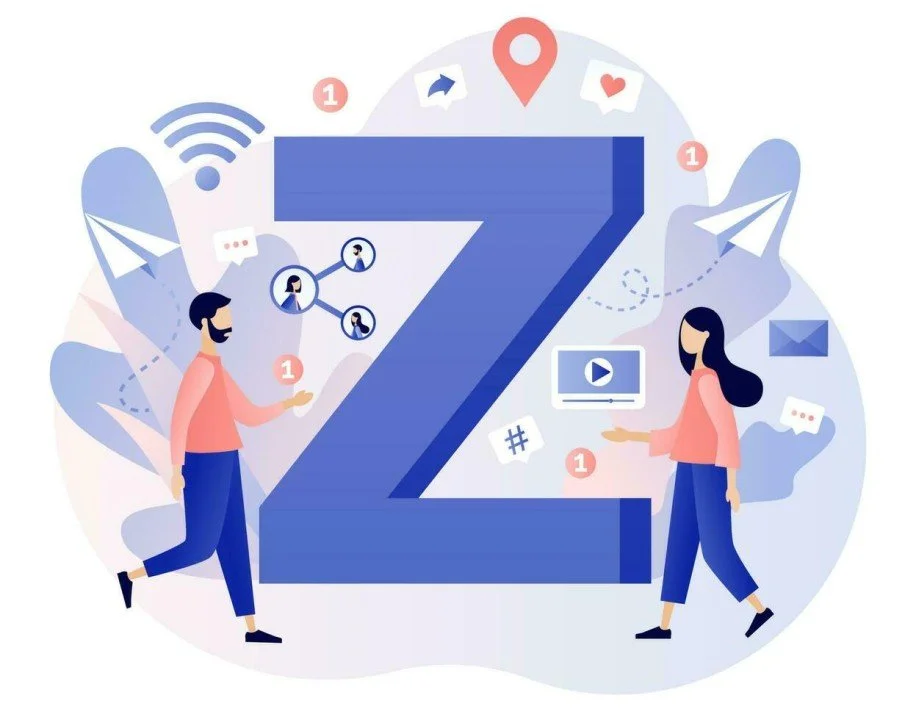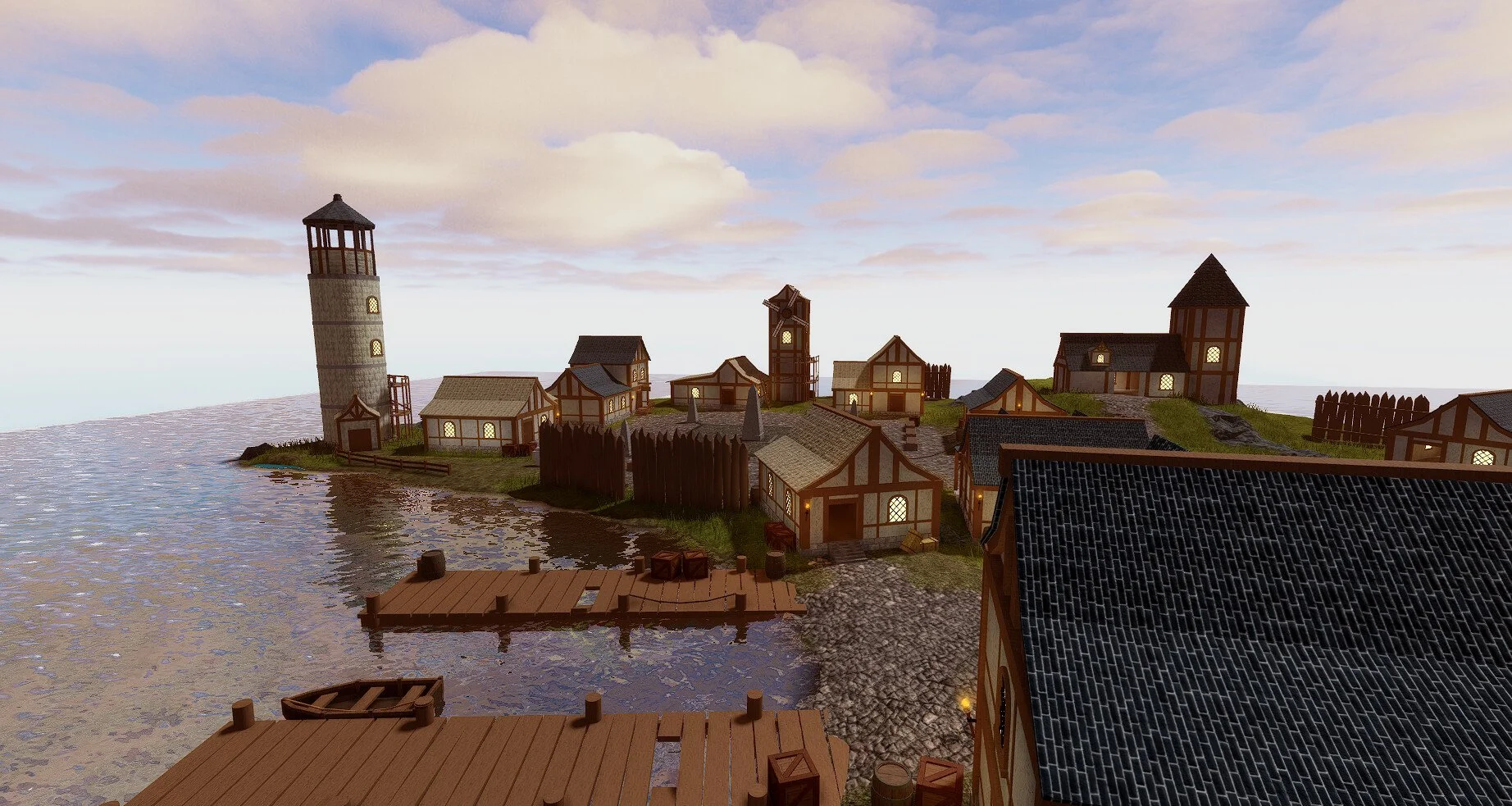From Bowling Alone to Digital Belonging
How Young People Are Rebuilding Community in a Fractured World
Embracing micro-communities as part of how individuals connect.
Robert Putnam once warned that America was “bowling alone.” Church pews emptied, civic clubs faded, and neighbors stopped talking. A generation later, those same forces have gone digital. We still crave connection, but instead of bowling leagues and community centers, many young people are gathering in Discord servers, group chats, subreddits and engaging through Roblox and other online games. These micro-communities can be classified as virtual affinity villages. The question is whether they can rebuild the social capital, trust, understanding, and shared purpose that we’ve lost.
From the “Boy Problem” to the Digital Disconnection
In the early 1900s, America faced what reformers called the “boy problem.” Industrialization had upended family life, and boys without structure drifted into gangs and street culture. Civic groups responded with creativity: Big Brothers, Boy Scouts, 4-H, and countless playground leagues. These efforts didn’t just keep kids busy; they gave boys mentors, rituals, and meaning. Yet, in some instances, these institutions could also reinforce class and racial exclusion, and as funding faded, so too did consistent training and oversight to ensure the safety of young participants.
Putnam and Richard Reeves argue in The Boy Crisis of 2025 that we are facing a similar moment. Once again, cultural shifts and rapid change are leaving young men isolated. One in seven has no close friends, and suicide among men under 35 has climbed by a third. The difference is that today’s disconnection happens not on the street but behind screens. “The trouble,” they write, “is more likely to come from an algorithm than an alleyway.”
This essay complements The Boy Crisis of 2025 by taking a high-level look at how virtual community is evolving and makes some suggestions about what might amplify the civic value of digital spaces.
From Broadcast Culture to Algorithmic Isolation
A generation ago, mass culture offered shared touchpoints. Everyone watched the same shows, knew the same jingles, and laughed at the same ads: “Just Do It.” “Think Different.” “Where’s the Beef?” Those slogans created a kind of social shorthand, a shared cultural rhythm that helped people feel part of something larger.
Today, the digital landscape is vast and fragmented. Algorithms now prioritize engagement over empathy, splintering what was once collective culture into countless personal feeds. In many ways, viral content has replaced shared public conversation. I’ve been in multiple conversations that include the following question stem, “Did you see that post by… No, I’ll send it to you.” Resulting in the perverted pleasure of experiencing what they enjoyed, alone.
The result is as moral as it is technological: belonging has been privatized. The public square has become an attention marketplace, and loneliness is its most predictable outcome. A quarter of men under 35 report feeling lonely “a lot,” and two-thirds believe “no one cares if men are okay” (Putnam & Reeves, 2025).
Discord advertisement. TBH: I find some Discord channels overwhelming.
Gen Z’s Digital Villages
Against that backdrop, Gen Z is quietly reinventing connection on a smaller scale. Their micro-communities, Discord servers, fandom hubs, and Reddit subcultures act as digital villages where people share niche passions, from sneaker design to mental health memes. Most Gen Z users report that these spaces feel safer and more personal than massive social networks. In a 2025 study, 79% of Gen Z respondents said they feel more belonging in small online communities than on platforms like Instagram or TikTok (Goodall, 2025).
For many young men, these may be the first places they feel safe enough to express vulnerability, ask hard questions, or share humor without judgment. Yet intimacy carries risks. These online worlds can easily become echo chambers that reinforce competition or comparison rather than connection. Over time, that can deepen self-doubt and isolation. Still, even in their imperfect form, these digital spaces reveal something profound: the hunger to be seen, guided, and grounded.
What Keeps People Engaged and Why They Leave
Studies of platforms like Reddit and Discord offer clues about why people stay or drift away. Research by Hamilton et al. (2017) shows that users remain loyal when a community reflects their identity and interests. Kraut and Resnick (2012) found that high-quality, reciprocal interactions predict long-term engagement. Novelty also matters. Kairam et al. (2012) found that repetitive or low-effort content drives members away. Zhu et al. (2022) noted that early, fast replies to newcomers foster belonging and keep them engaged.
In short, retention depends on the same factors that once kept us bowling side by side: engagement, recognition, and usefulness. Belonging isn’t an algorithmic feature, it’s a human process.
Gen Z is leading the way in micro-communities.
Are Micro-Spaces the New Bowling Leagues?
Today’s digital groups echo the civic clubs of another era. The format differs, screens instead of gym basements, but the impulse is the same: finding shared purpose and structure. Some civic clubs built bridging social capital across class and creed, while micro-communities often deepen bonding capital among like-minded peers. That intimacy can heal, but it can also isolate.
As Putnam and Reeves warn, connection without structure breeds vulnerability. Without stable mentors or rituals, young men can drift toward grievance-driven spaces that exploit loneliness. The challenge is not to abandon these micro-spaces but to evolve them, to enable virtual man caves to also facilitate civic learning where social awareness and purpose can grow.
Roblox Village
What Boys and Men Need in These Spaces
Research on online engagement shows that participation alone does not improve well-being; the quality of engagement does (Kraut & Resnick, 2012; Hamilton et al., 2017). For boys and men, that means creating communities that build communication skills and interpersonal competence, foundations for trust and mutual support.
Below, I outline five core principles: Safety and Vulnerability, Reciprocity, Identity Flexibility, Purpose and Co-Creation, and Mentorship and Bridging. Each principle is presented here as both a reflection and a preview of the actionable guidelines that follow, ensuring clear continuity and coherence between discussion and practice. Attached to this blog is a draft set of 'Relational Community Standards' for consideration.
Five ingredients stand out:
Safety and Vulnerability
Men need spaces, online or in person, where it is safe to share doubt, grief, or confusion without ridicule. For readers who value stoicism, this focus on emotional openness may seem to undermine resilience. Reframing vulnerability as a form of courage and leadership can show that sharing emotions builds trust, teamwork, and personal strength rather than replacing it. Moderators can encourage safety and vulnerability by setting clear norms, using simple moderation tools, and modeling respect. Low-stakes opportunities for expression, such as themed discussions or check-in threads, can make openness feel natural.Reciprocity
Belonging grows from giving as much as receiving. Peer mentoring and feedback loops turn passive membership into active care. Community leaders can design ways for members to acknowledge one another’s contributions and share responsibility for group well-being. Even in small servers, reciprocity can thrive through recognition features, shout-outs, and peer support systems that transform followers into participants.Identity Flexibility
Allowing men to explore multiple sides of themselves, artist, son, friend, caregiver, enhances adaptability, creativity, and problem-solving, qualities linked to both professional and personal success. In micro-communities, identity flexibility means designing spaces where self-expression is encouraged and differences are valued. Moderators can highlight diverse interests, create inclusive sub-channels, and model openness by sharing their own multidimensional experiences. When men see diverse roles and emotions reflected in their peers, it becomes easier to experiment with new forms of expression and belonging without fear of judgment.Purpose and Co-Creation
Shared projects such as music, volunteering, or gaming collaborations build teamwork and goal orientation, traits valued in work and sports contexts. To make this practical, organizers can periodically survey members about shared interests and emerging needs, using that feedback to guide collaborative initiatives. Purpose is sustained when members help define what matters most. Inviting them to co-design events, campaigns, or challenges turns engagement into ownership and ensures the projects reflect collective values.Mentorship and Bridging
More experienced mentors can anchor less experienced members without creating hierarchy. Mentorship works best when framed as mutual learning and shared purpose, a skill exchange and collective growth rather than authority. In online spaces, mentorship can be both informal and structured. Moderators can pair newcomers with peers for guidance, host Q&A sessions, or create storytelling spaces that connect generations. The key is accompaniment, not authority, building bridges through respect and mutual learning that allow both mentors and mentees to grow.
These qualities have the potential to transform digital belonging into relational investment. Building such communities requires deliberate design, not just organic growth. It calls for trained moderators, evaluation tools to track trust and reciprocity, and platform features that reward collaboration over consumption. Partnerships with educators or community organizations can offer structure and sustainability, but design should always center user voices through human-centered methods that assess community values and goals.
The Cross-Generational Ripple
Gen Z’s relational experiments are already shaping other generations. Millennials are forming parenting pods and sober socials, Gen Xers gather in creative cohorts, and Boomers organize hobby circles online. Each is rediscovering that belonging thrives in small, purpose-driven groups. The relational software of the future is being written by twenty-somethings on Discord.
From Bowling Alone to Building Together
We are witnessing a generational remix of belonging. The Progressive Era built gyms and camps; Gen Z builds communities on servers and subreddits. Both respond to the same wound, disconnection, and both, at their best, heal it through relationship. But digital community will only be as strong as the care it cultivates.
Putnam and Reeves end their essay with a call to men: “We have boys seeking guidance, men seeking purpose, and civic institutions desperate for male volunteers.” The same call echoes through every group chat where a young man types, “Anyone else feeling lost?” The task is not just to help him find community, but to help him practice it.
Because bowling alone was never the problem. It was believing we had to.
Access the Relational Community Standards for Digital Spaces Engaging Boys & Men
I’ve developed a guidance tool to initiate conversations about the ideas expressed above. This tool was generated using the principles described above, and ChatGPT. I loaded 12 resources that included instructions on creating online community guidelines and standards and example documents. After completion of the guidelines, I edited the document and am sharing it at the link above.
References
Goodall, E. (2025). Digital belonging and Gen Z micro-communities. Pew Research Center. https://www.pewresearch.org/
Hamilton, W. A., Garretson, O., & Kerne, A. (2017). Streaming on Twitch: Fostering participatory communities of play within live mixed media. Proceedings of the SIGCHI Conference on Human Factors in Computing Systems, 1315–1324. https://doi.org/10.1145/3025453.3025968
Kairam, S. R., Wang, D. J., & Leskovec, J. (2012). The life and death of online groups: Predicting group growth and longevity. Proceedings of the Fifth ACM International Conference on Web Search and Data Mining, 673–682. https://doi.org/10.1145/2124295.2124374
Kraut, R. E., & Resnick, P. (2012). Building successful online communities: Evidence-based social design. MIT Press.
Putnam, R. D., & Reeves, R. V. (2025). The Boy Crisis of 2025. The New York Times. https://www.nytimes.com/
Zhu, H., Chen, J., & Balestra, M. (2022). The role of early interactions in online community retention. Computers in Human Behavior, 135, 107380. https://doi.org/10.1016/j.chb.2022.107380




